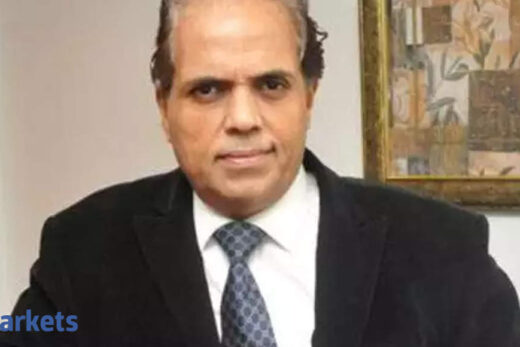A theme that we are seeing in the markets has to do with divergence. Divergence across sectors like pharmaceuticals or even stocks when it comes to stocks like ITC. How are you playing on this divergence?
ITC is a very specific example. The divergence there is happening on three or four different factors. One is growth where we believe the markets become extremely discerning as far as finding growth is concerned, a classic case is chemicals for example. Also, it’s knowledge driven. There is an overlay of knowledge and skill on top of commodities. There are stocks which are trading between 8 and 15 times and in the same sector, there are stocks which are trading at between 30 and 35 times.
So, one level of divergence is coming because of growth and the sustainability of the growth. The second part is the point that you made. ITC is a slightly bigger conundrum. What has happened is that in India, there are 10 or 12 ESG funds now. Globally this has been a huge trend. What happens sometimes is that while it does not affect the business as such, at the same time, it is top of mind for a lot of the investors. As a result, we are starting to see that playing out– not only now, but for the last few years.
However, that is not to say that you cannot make money from these stocks. Within that, you have to see where there is money. Our research team had gone overweight on ITC and a large part of the outperformance that we have had in our model portfolio in the last 12 months. ITC has played a large role within that but at the same time, it has to be seen in the context that at some stage of valuation divergence. Rather valuation convergence will stop and at some level the gap remains.
ITC is a very specific conundrum, but otherwise, the market to a large extent, is looking at growth and growth sustainability as the way on which valuation divergence is happening.
The IT sector has been the outperformer and the winner in that but we have also seen a very strong performance, whether it is cement or chemicals. In the run up, are the new darlings of the market too expensive? Which are the winners?
We like all these spaces. We like cement as a play on the economy and you can see that in the way in which we have tweaked our sectoral weights within our model portfolio. For the last 6 to 12 months., we have kept on adding economy facing sectors waiting for the recovery to happen. So cement obviously is our overweight sector.
Chemicals is a structural theme. It is also a consensus view. Chemicals is the one space where everybody wants to see capex and growth. There is a huge macro overlay of China plus one playing out within that. There are companies, very good technocrat promoters as skilled as the pharma sector in the 90s or the early 2000s. That is the story which is playing out now.
Maybe five years ago, when we used to invest in chemicals, with so many environmental concerns, the 10% or 15% multiples used to be seen as a good multiples. But those days are gone. There are three reasons for that. One is that the industry has controlled the environmental concerns extremely well. A lot of them have really moved up the value chain as far as the chemistries are concerned and today companies like SRF are very different from they used to be. They have been continuously adding to the skill set.
The third is with the macro overlay, we are starting to see the diversification from the buyer side coming through as a result of which, the sustainability of growth is significant and then there is obviously the fact that in the context of falling yields and the fact this is a structural theme and not going to be affected in case of a third wave or if interest rates go up or down. This is one of the structural themes for the next 20 years in the country. So valuations are expensive but we continue to remain believers in the chemical space.



